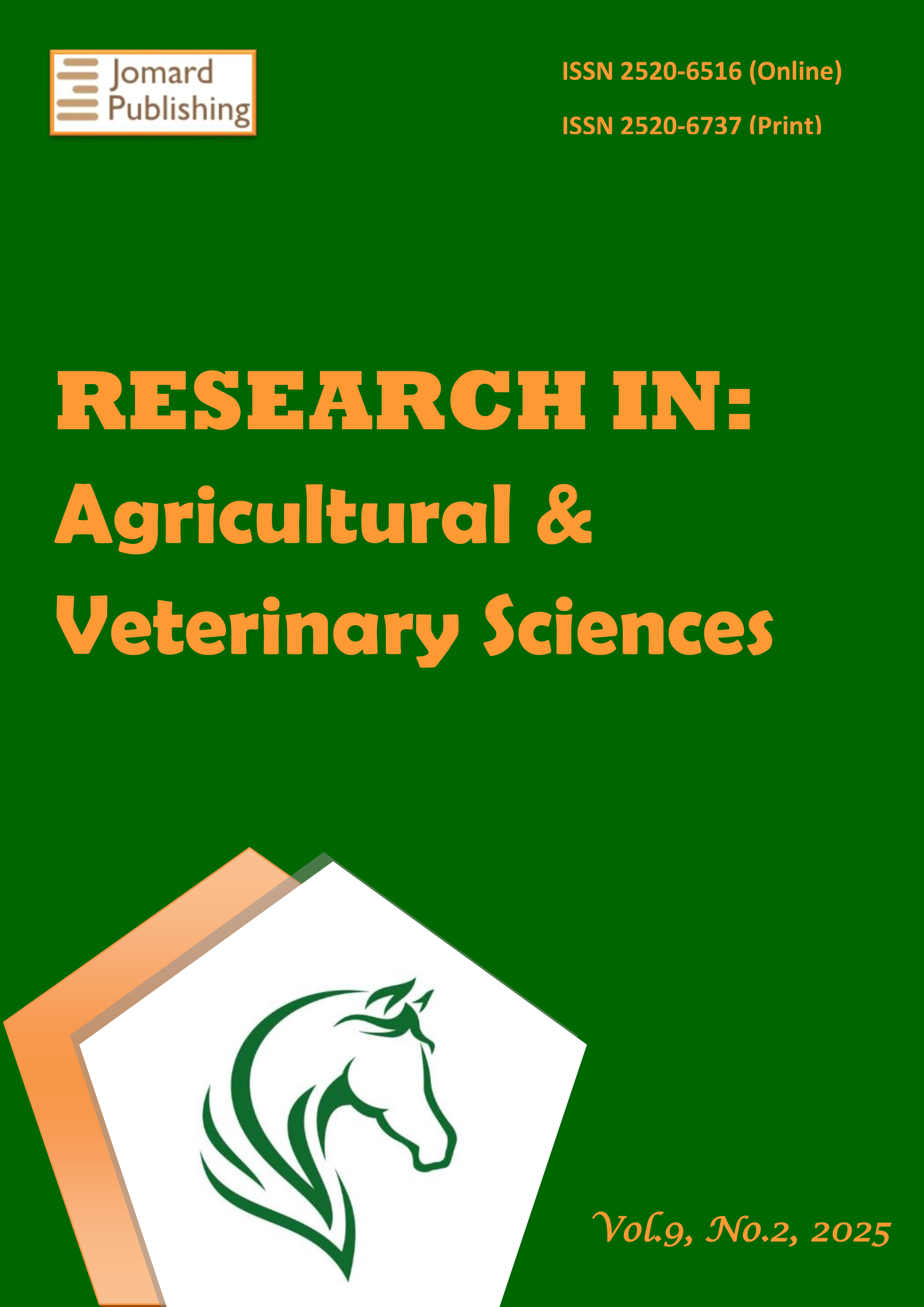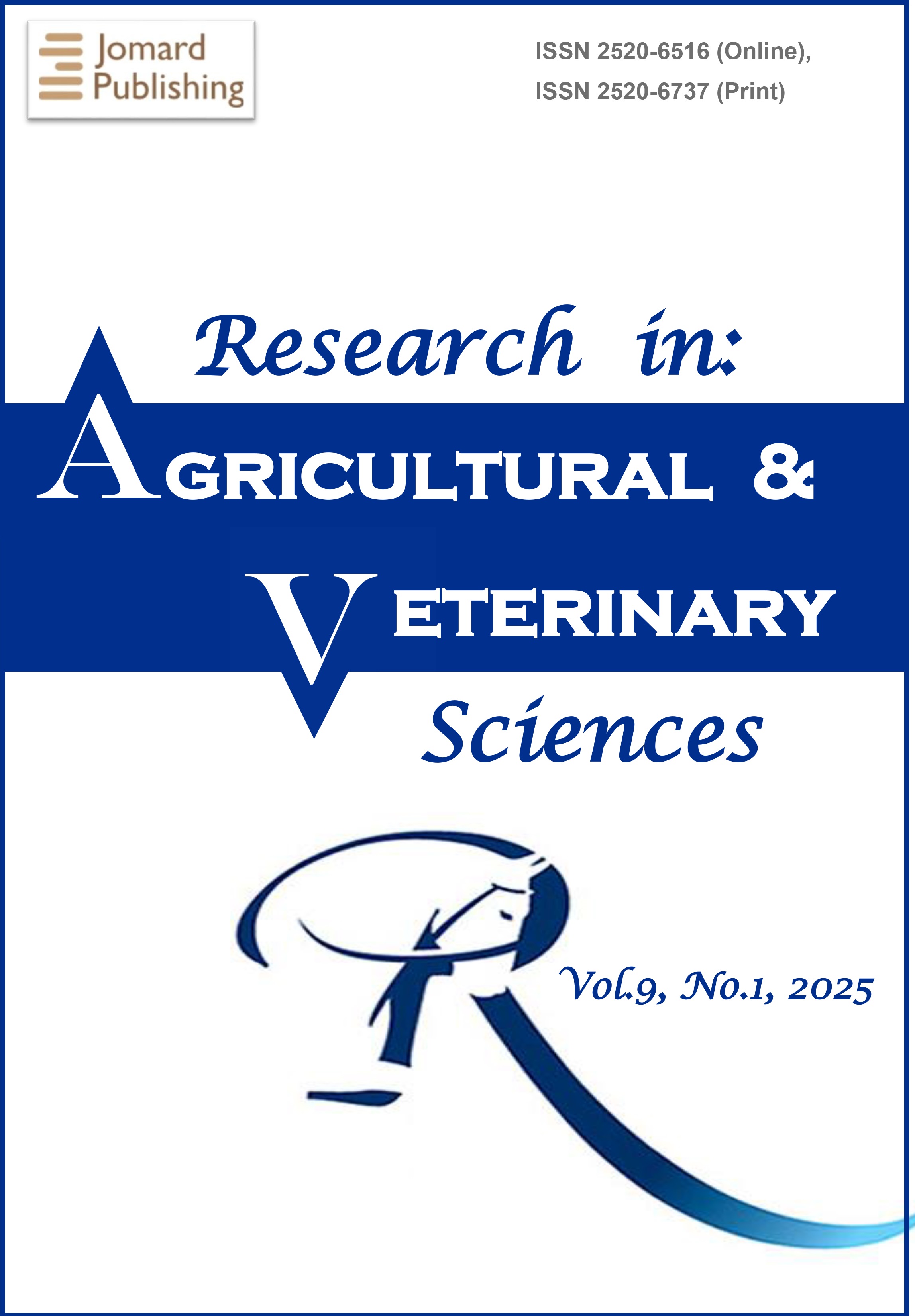The Lipolysis Profile of Some Greek Artisanal Cheeses: A Review of Last Year's Data
- Published: 21-04-2025
Share
In this review the lipolysis level of some Greek artisanal cheeses was studied. Researchers studied the lipolysis profile of the artisanal mountainous hard Kefalotyri cheese made traditionally in Pindos mountains from raw ewe’s milk without starter cultures, during summer. Free fatty acids (FFAs) were the most abundant volatile group of this cheese with butyric acid and 3-methyl butanoic acid to be the main. Cheese showed a rather satisfactory hygienic sanitary condition. Researchers studied the lipolysis level of Kashkaval Pindos cheese a semi-hard pasta-filata cheese made from raw ewe’s milk without starter addition or made by pasteurized milk with addition of a commercial cheese starter. Raw milk Kashkaval cheeses showed higher levels of lipolysis than pasteurized ones. Butyric, myristic, palmitic, stearic and oleic acids were the main FFAs. All cheeses were found to be safe. Artisanal Tsalafouti cheese resembles to fresh acid an acid rennet curd cheeses with spreadable texture and no gas openings. It is traditionally made from ‘boiled’ (900C) ewe’s milk in the mountains at the end of the lactation period. Researchers found a high level of hexanoic acid in a semi-industrial way made cheese. Xinotyri of Naxos Island is an artisanal fully ripened hard raw goat’s cheese. Researchers found that FFAs profile was like other goat cheeses with oleic, palmitic, myristic, stearic and capric acid to be the main. Soft Xinotyri Naxos cheese is an acid-curd goat’s milk cheese typically made from raw milk. Researchers found a low lipolysis level that was not affected by using raw or pasteurized milk.
- View 414
- Downloads 90
- Saveds 0
- Citations (Crossref) 0


